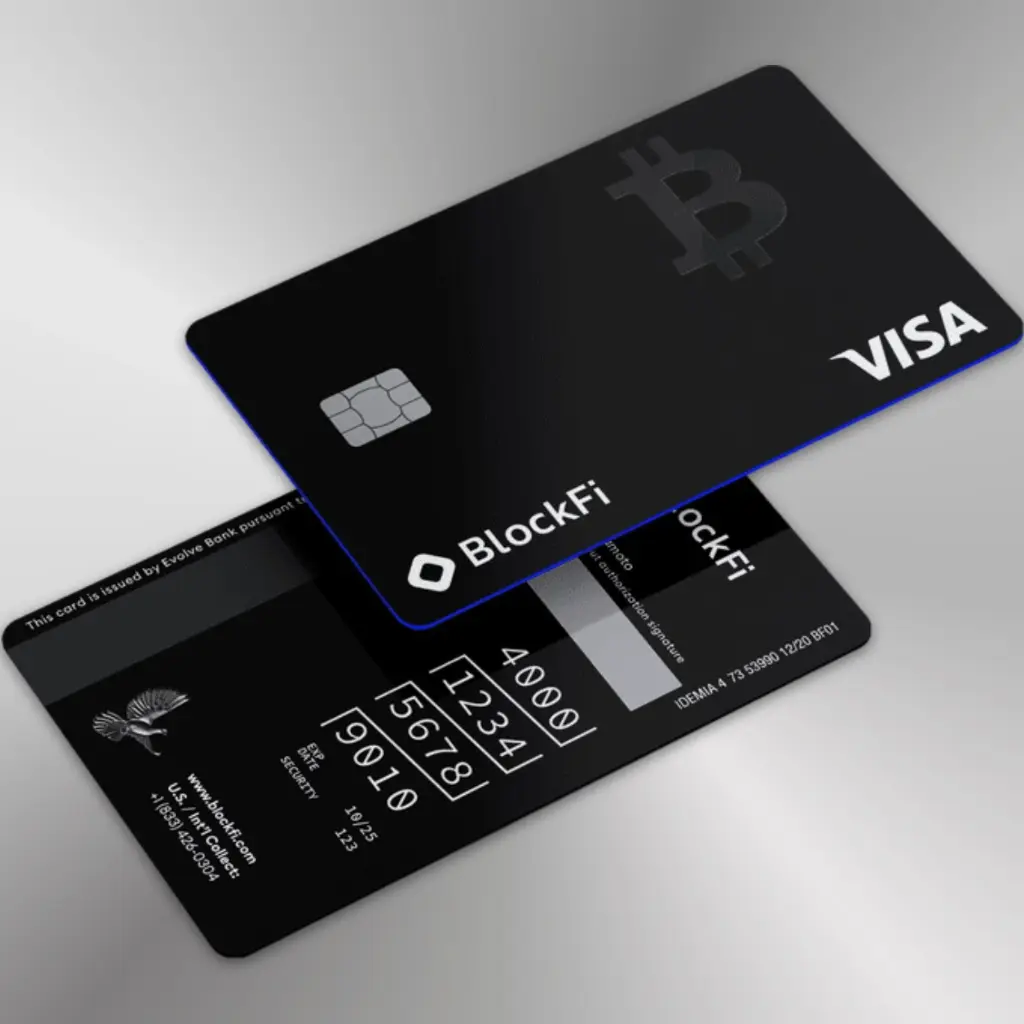Crypto Card Forecast: Is a Major Shift Coming?
Crypto card comparison: What if, two years from now, most people are paying for lunch with a crypto card instead of a credit card?
Sounds far-fetched? Maybe not.
With more platforms offering crypto-backed cards and a growing number of people using Bitcoin, Ethereum, and stablecoins daily, the crypto card vs credit card conversation is heating up. Not just as a novelty—but as a real alternative for everyday spending.
So where’s this going? Let’s break it down.
Trend Watch: What Crypto Cards Are Offering Now (and What’s Coming)

As of now, crypto cards are still finding their footing. Most are tied to platforms like Crypto.com, Coinbase, or Binance, and work by converting your crypto to fiat at the point of sale.
In the next few years, though, we might see:
- Faster transactions (thanks to Layer 2 tech or stablecoin rails)
- Broader merchant acceptance via better partnerships
- Integrated tax tracking tools (a lifesaver come April)
And if token rewards become more stable and predictable? That’s a big incentive to switch.
Credit Cards: Can They Keep Their Crown?

Credit cards aren’t going down without a fight. They’re deeply embedded in the system—with decades of trust, regulation, and perks.
By 2025, we can expect:
- More crypto-like features (think real-time points, virtual wallets, even crypto cashback)
- Tighter security and consumer protection
- Continued dominance for credit-building and large purchases
The question is: will they evolve fast enough?
Crypto Card Comparison: The User Experience Gap Is Closing

Right now, the user experience is where crypto cards can feel clunky. Selling your crypto every time you swipe? It works—but it’s not as seamless as a credit card tap.
But the gap’s closing. Forecasts suggest that by 2026:
- Stablecoin-backed cards might avoid the constant sell-convert cycle
- UX improvements could make spending crypto feel just like fiat
- We might see “smart routing” cards—automatically choosing crypto or fiat depending on best rewards
It’s not sci-fi. It’s on the roadmap for some of the bigger players already.
The Global Picture: Where Crypto Cards Could Win Big

Crypto adoption isn’t just about Silicon Valley or Berlin coffee shops. In countries with:
- High inflation
- Unstable banking infrastructure
- Strict capital controls
…crypto cards could actually leapfrog traditional credit cards altogether.
By 2027, we might see localized crypto card programs in Latin America, Southeast Asia, and parts of Africa leading the charge—especially with remittance use cases.
Crypto Card Comparison: Who Wins the Rewards War? (Hint: It’s Complicated)

Traditional credit cards come with well-known perks—air miles, points, lounge access. Crypto cards offer:
- 1–5% cashback in BTC or other tokens
- Bonuses for staking native platform tokens
- Flexible tiers, depending on how deep in crypto you are
But here’s the catch: crypto rewards are volatile. That 3% back in crypto might tank in value—or moon.
Forecast? In the near future, hybrid rewards systems may emerge, letting users pick stablecoin cashback or high-risk-high-reward tokens.
What About Taxes and Regulation?


Yeah, the boring part—but also the big one.
Tax laws still treat most crypto spending as taxable events. That means each swipe with your crypto card might be a line item for your accountant.
Will that change? Possibly.
By 2026, some countries may:
- Offer de minimis exemptions (no tax under a certain spend)
- Roll out crypto-spending-friendly tax reforms
- Provide official frameworks for crypto credit alternatives
Until then, users need to stay cautious—or stick to stablecoins.
Final Forecast: Will Crypto Cards Replace Credit Cards?

In short? Not entirely. But they’re definitely going to grab a slice of the pie.
- If you’re a crypto-native, freelancer, or international traveler, crypto cards will likely become more useful—and maybe even your go-to.
- If you’re looking for stability, credit, and safety nets, credit cards aren’t going anywhere.
Our bet? By 2026, many people will be carrying both. One for building credit and handling emergencies, the other for living that crypto life, rewards and all.
So maybe don’t ask which one wins.
Ask which one fits your lifestyle best—now, and a few years down the road.
Relevent news: Here



